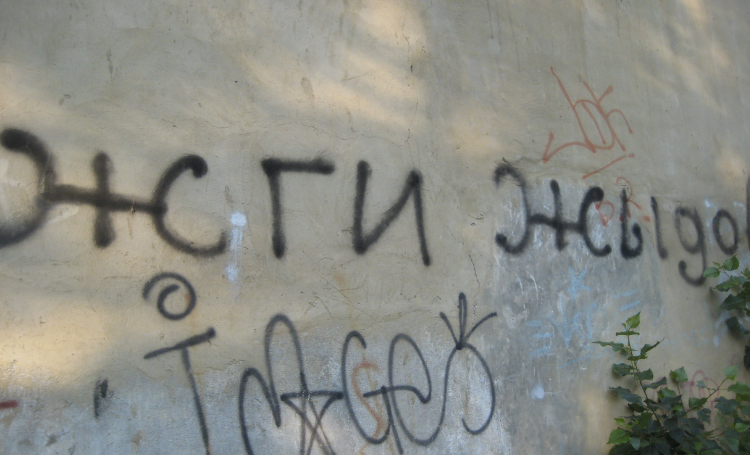Ben Cohen
Algemeiner, Apr. 17, 2023
“I kept asking myself, what did the Jews do to warrant the slaughter of six million of them, including one-and-a-half million kids?”
It was a dreary afternoon on July 30, 1897, when Ernst Bergmann, a German tourist on vacation in the spa town of Marienbad, mailed a postcard to a friend of his named Gustav Conradt, a resident of the city of Danzig in Prussia.
Bergmann reported that he and his wife were responding well to the health treatments they had received at Marienbad’s famous mineral springs, which the well-heeled European bourgeoisie of that time would visit annually, but that the weather was “dreadful; it rains incessantly and it is quite chilly.” Far worse than the damp and cold, however, was the profusion of unsavory visitors to the spa.
“There are thousands of those depicted on this postcard, which isn’t a pleasant sight at all,” Bergmann grumbled. Indeed, the front of the postcard could not have been clearer; under the legend “Greetings from Marienbad” was a caricature of three well-dressed, hook-nosed Jews cloistered together in the street in deep conversation, as though they were hatching a conspiracy.
The European continent has, of course, been transformed almost beyond recognition since Bergmann dispatched his postcard. For one thing, Marienbad is no longer a part of an Austro-Hungarian Empire which ceased to exist over a century ago; now known as Mariánské Lázně, it is located in the Czech Republic. For another, Danzig is now the Polish city of Gdańsk, and has been so since the end of World War II. But what has remained consistent is the presence of the casual, demonizing antisemitism expressed so readily in Bergmann’s greeting to his friend; as anyone who followed the profusion of antisemitic conspiracy theories during the COVID-19 pandemic knows only too well, the postcards bearing images that demean and insult Jews have effectively been digitized for the era of social media.
The images — widely considered the largest collection of its kind in the world — are drawn from across six centuries, from all over Europe, the Middle East and North America. This spread in terms of geography and time is matched by the sheer range of formats: postcards, newspaper and magazine cartoons, paintings, sculptures and everyday objects such as coffee mugs transformed into trinkets with the addition of a Jewish caricature. … {To read the full article, click here]


